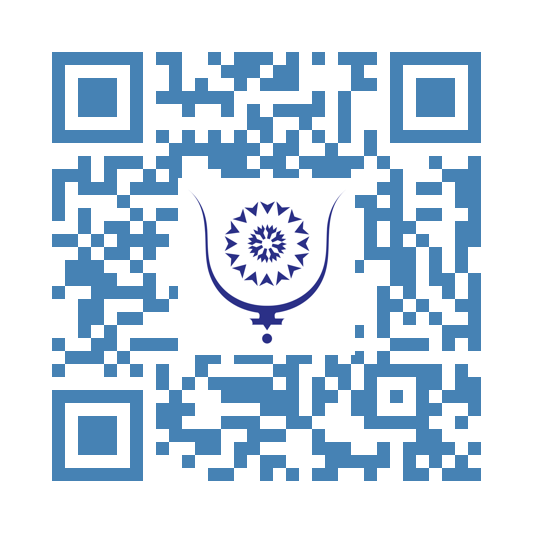Journal de voyage #1: Tanzanie 1689
Pour inaugurer notre long voyage en famille nous avons commencé par la Tanzanie. C’est la première fois que nous mettons le pied en Afrique sub saharienne. Et quelle belle découverte!
Nous avons commencé par un safari organisé de 7 jours avec un chauffeur et guide extraordinaire. Ses connaissances en géologie, biologie, botanique, éthologie étaient impressionnantes. Sans parler de ses qualités de pilote sur les pistes des parcs que nous avons visité: Taranguire, Manyara, Ngorongoro et Serengeti. Les 6 à 10 heures de voiture journalières n’ont pas paru si longues entre discussions, vues à couper le souffle et observation des animaux. Liste non exhaustive: zèbres, girafes, éléphants, buffles, gnous, léopards, guépards, autruches, outardes, babouins, vervets, aigrettes, grues royales a têtes jaunes, vautours, marabous, crocodiles, antilopes et gazelles en tout genre. Je dois admettre que nous n’avons pas réussi à retenir tout ce que Mahmoud a essayé de nous enseigner. Un peu de swahili, un peu de géologie pour la formation de la vallée du rift, un peu d’histoire pour la migration des Maasais jusqu’au parc du Serengeti et un peu de biologie pour la reconnaissance de la faune et la flore.
Nous avons ensuite passé une petite semaine à Dar es Salaam pour compléter notre visite et pouvoir nous imprégner de la vie citadine de Tanzanie. Très belle expérience encore une fois. Nous avons logé dans un airbnb modeste mais suffisant. Nous avons découvert un nouveau mode de transport, très amusant et à un prix négligeable: le bajaji (tuk tuk local). Nous avons visité le marché de Kariakoo (marché aux puces qui s’étend sur des kilomètres), fait une journée farniente sur l’île de Bongoyo, et le musée des villages (Kijiji cha Makumbusho) avec un guide qui nous a raconté les coutumes et les habitations de quelques unes des plus de 100 tribus présentes en Tanzanie. C’est un musée extérieur parsemé de maisons illustrant le mode de vie de quelques tribus.
Je me souviendrai de la Tanzanie comme un pays avec des gens très accueillants et détendus. Malgré les quelques personnes un peu insistantes voulant nous vendre des bibelots, servir de guide ou même de gardes du corps, nous ne nous sommes jamais sentis en danger. Ce pays dont la population est partagée entre différentes cultures et religions où musulmans, chrétiens, maasais, et autres cohabitent m’apparaît comme un bon exemple de tolérance.
Prochain article dans environ un mois au sujet de notre prochaine étape: un road tripe Namibie-Botswana.



